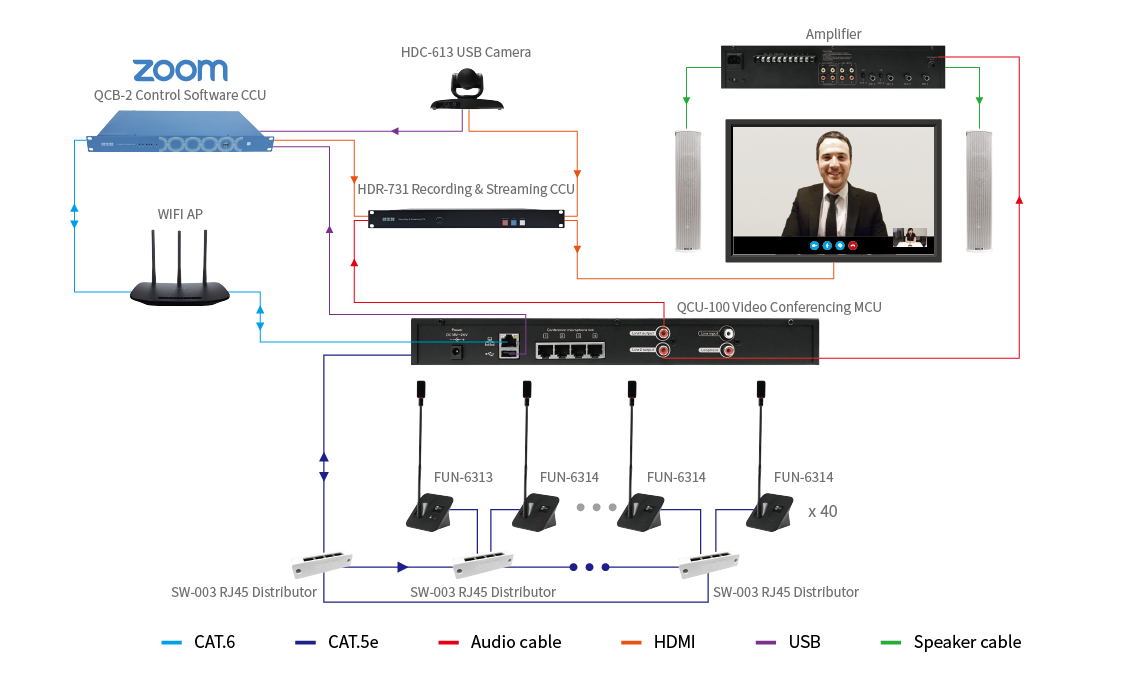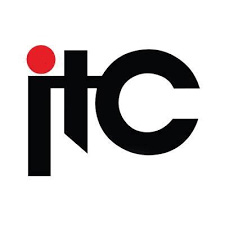
Video conference system
Video conferencing is an interactive form of communication between 2 or more people. Video conference participants connect in a live video meeting environment where they can see and hear each other, as well as perform other functions such as writing messages or sharing screen content. Video conferences have several advantages for individuals and businesses; however, it requires the right equipment and digital infrastructure to support them.
TRIPLE ALEF provides video conferencing solutions for businesses of any size, If you want to integrate video into an existing project or create completely new video conferencing solutions, TRIPLE ALEF offers a range of VC products from different brands to suit all business needs.
Our work planning starts from solution design then implements it professionally and we continue our support with follow up and after-sale service by our expert technical and sales teams,
Video conferencing is a lot broader than that, however. Here is a description of different types of video conferencing solutions:
1. Hardware – Also called hard codec technology, these devices are dedicated to audio or video conferencing, meaning that users do not need to bring their laptops to be able to participate in a call. Examples range from IP phones to high-integrated collaboration room endpoint solutions from providers such as Cisco and Poly.
2. Soft client – video conferencing software that needs to be downloaded and installed onto users’ audio-video capable devices (laptops, tablets, smartphones) and a company’s IT network to be used. Can be used in conference room systems but requires additional hardware (microphones, cameras, display, etc.) to operate. IT departments are responsible for set up, configuration, system security, maintenance, and software updates. An example could be Skype for Business Server Edition.
3. Cloud services – Cloud-based video conferencing applications that have solved previous issues with older versions of video conferencing applications that required on-site data storage and network security. Cloud services are typically subscription-based; reduce upfront costs, are compatible with any device, are easily scalable (increase the number of users on the subscription), and the service provider is responsible for maintenance, updates, and security. Examples are Microsoft Teams, Zoom, Cisco Webex, BlueJeans, GoToMeeting, Google Hangouts, etc.
Riser diagram:

Brands:



